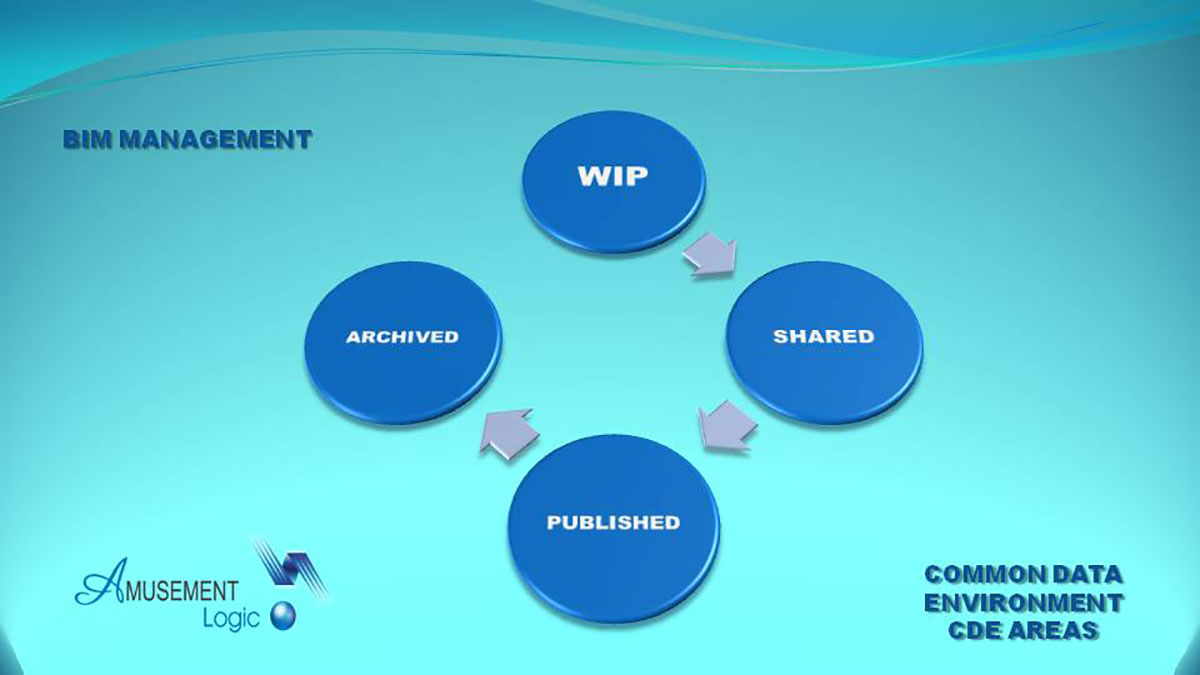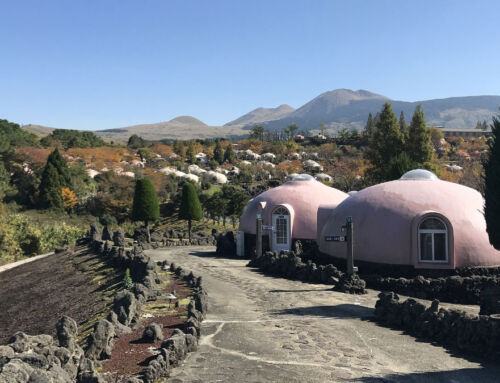The information that is generated during the design, architecture and construction of projects using BIM methodology is usually organised according to so-called Information Status Areas (ISAs). This organisation is even more necessary in large and complex projects such as water parks, theme parks, shopping malls, hotels and resorts, etc. Precisely in this type of leisure and tourism projects, it is common for several consultants and many members of multidisciplinary teams to work together, for whom the organisation of the project according to these ISAs is essential. The following are usually considered amongst the most recommendable:
- Work in Progress (WIP): Contains the working documents by discipline and by team, in non-final working versions. They are not validated or verified, as they are still being worked on. This container of information is not usually accessible or visible to other agents or teams, other than those working in each specific discipline.
- Shared: Contains all those models and documents necessary for the collaborative development of information. Each agent can take information from the others and contextualise it in their part of the work. Everyone’s information is visible and accessible to everyone, but not editable.
- Published: This is a container of information verified and authorised by the organisation’s Project Manager.
- Archived: The purpose of this folder is to keep a record of the information shared, replaced or modified. The As Built model can also be housed in this folder. The management of this container is also the responsibility of the organisation’s project manager.

These four basic containers should be hosted in the Common Data Environment, in easily accessible directories and in folders that all project participants can easily understand. In addition, it is very important to generate regular backup copies of all information.
By David González Molina, BIM manager in the Architecture Department of Amusement Logic






